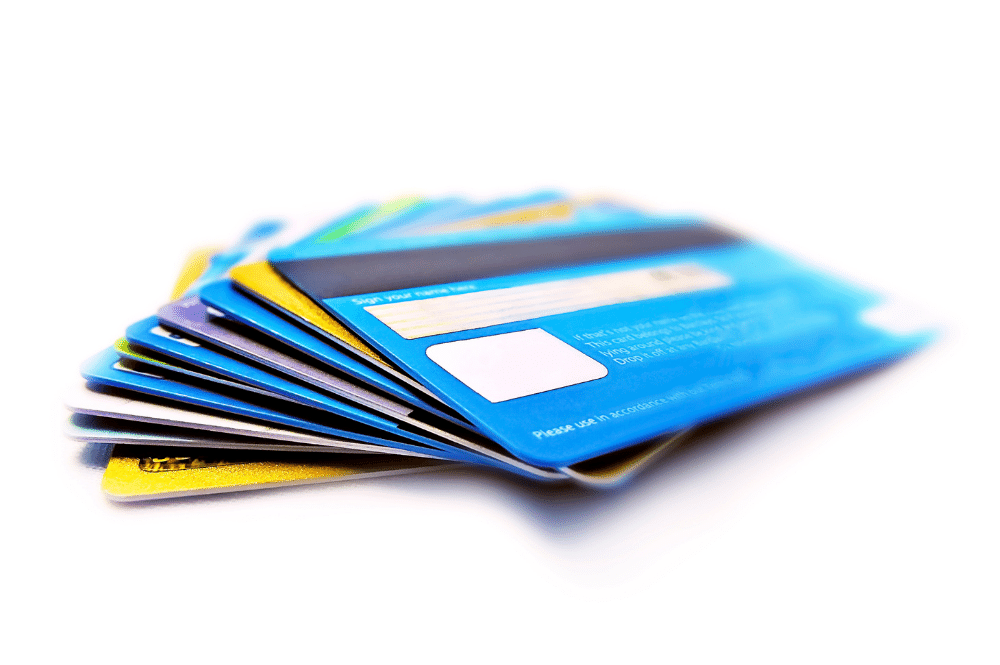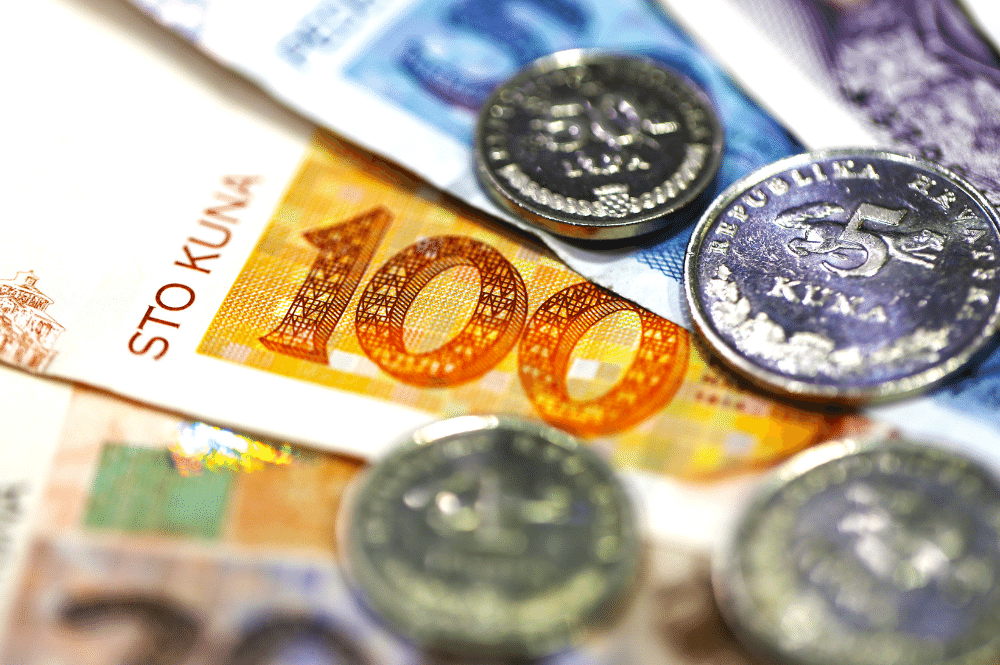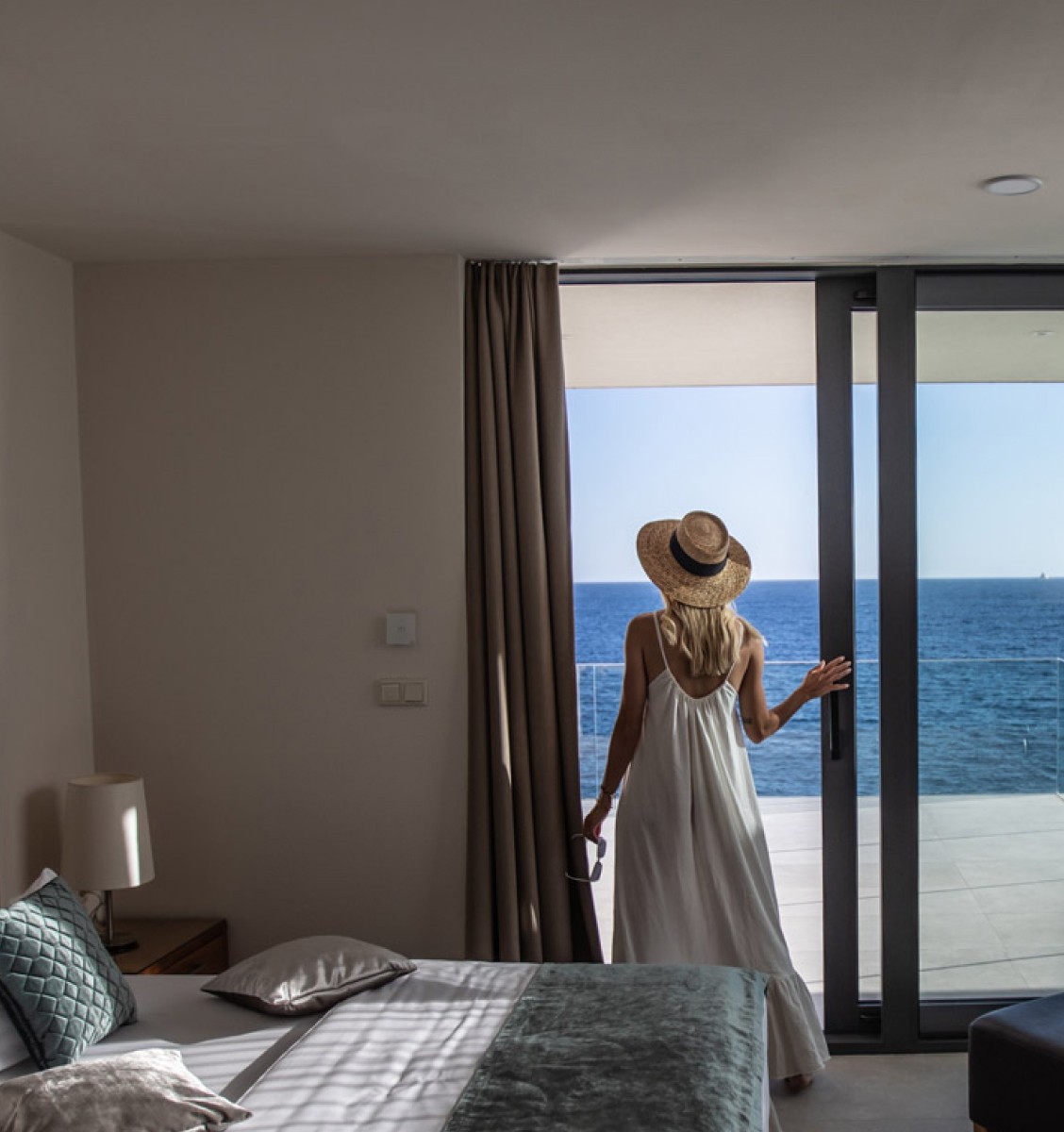Croatia undoubtedly has a lot to offer to anyone who comes and visits it, but to enjoy absolutely everything you will, of course, need money. Now, if you’re planning to come, you need to know that the currency in Croatia is the Croatian kuna.
So, although the country is a part of the EU, the euro is still not used here, and that can certainly cause some people to stop and scratch their heads a bit. What is kuna? How much is it worth? Where can I exchange my money in Croatia?
If any of those questions are bothering you, you’ve come to the right place because we are about to show you absolutely everything you need to know about Croatian kuna. Read on!
What does kuna look like?
Right. Well, kunais the Croatian word for marten, a small furry mammal whose fur was highly valued in these parts in the Middle Ages. In fact, even Croatian coins from the 13th century have a kunaon them.
But you probably don’t mean the animal and are more interested in the currency.
One kuna has 100 lipas (lipa being the term for a linden tree), and there are several coins and banknotes you will come across in the country. The coins are usually those worth one, two or five kunas, although you can find a 25-kuna coin too if you’re lucky. These were only made for special occasions.
As for the banknotes, they show important people from Croatia’s history on the obverse and some of the most famous sights on the reverse. Who knows, maybe they inspire you to look forMy Luxoria villasnear one of the places they depict. Here’s some short info on each of them.
10 kuna
Juraj Dobrila was a Croatian bishop and a prominent figure in the 19th century. He helped Slavic people achieve equality with the Italians in Istria, which is why it makes sense to put the famous Pula amphitheatre on the back. This magnificent piece of ancient Roman architecture from the 1st century AD is the symbol of Pula and a must if you’re ever in Istria.
20 kuna
Here we have Josip Jelačić, the most famous Croatianban (a title best translated as viceroy). While Croatia was a part of the Austro-Hungarian empire, Jelačić fought off a Hungarian invasion, which is why the central square in the Croatian capital (Zagreb) is dedicated to him.
On the other side is Eltz Manor, a beautiful baroque palace and a symbol of the town of Vukovar, while in front of it you see the Vučedol Dove, a ritual vessel created by the Vučedol culture more than 4500 years ago.

50 kuna
Ivan Gundulić is one of the finest poets the illustrious city of Dubrovnik has ever produced, and his works are a staple of Croatian baroque poetry. On the reverse, you get a nice view of Dubrovnik’s Old Town, something that has made that part of Croatia famous all over the world.
100 kuna
Another ban. But Ivan Mažuranić was also an incredible poet in the 19th century. His is probably the most famous Croatian epic poem, The Death of Smail-aga Čengić.
On the other side is Rijeka’s St. Vitus, a church dedicated to the city’s patron saint.
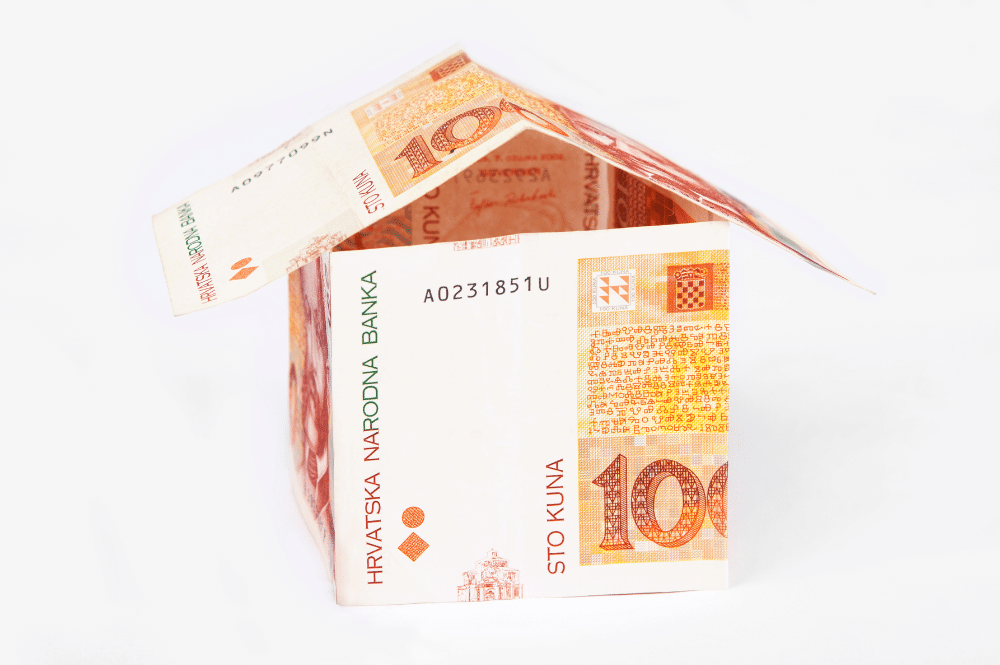
200 kuna
Stjepan Radićwas a Croatian politician in the early 20th century, but also an author and a translator. He actively worked on protecting Croatian interests in the newly-formed Kingdom of Yugoslavia after WWI but was assassinated in the parliament in 1928.
The other side shows what was once military headquarters in Osijek. Today, it serves as the building from which the city’s university is managed.
500 kuna
Marko Marulić, also known as the father of Croatian literature, comes from Split, the second-largest city in the country. His Judita is the very first epic poem ever to be written in Croatian, and the work has been translated to many other languages.
The other side of this banknote shows the Diocletian’s Palace, the heart and soul of Split, a huge construction erected at the end of the 3rd century AD for the Roman emperor Diocletian to retire.
1000 kuna
Last but not least, Ante Starčević. Sometimes also called the Father of the Nation due to his efforts to preserve Croatia within the Austro-Hungary. He was opposed to Croatia becoming a part of Yugoslavia, and advocated religious pluralism and the right of Croatians to choose their own fate.
Behind that, you will see the statue of King Tomislav, the first Croatian king, in Zagreb, and the Zagreb Cathedral.
Exchange offices (Mjenjačnica)
Wherever you see the sign mjenjačnica, know that you’ve come to the place where you can exchange currencies. You will find these places fairly easily no matter which town you’re visiting, but banks can fulfil this same role, obviously.
Now, the exchange rate for the Croatian kuna and the euro is very consistent will pretty much always hover between 7 and 7.5 kunas for a euro (much closer to the latter value). The best way to keep track of the exchange rate and calculate your every kuna-to-euro transaction is by keeping an eye onCroatian National Bank’s exchange rate list.
Naturally, there will be a fee to pay in everymjenjačnica, but not a big one (somewhere in the vicinity of 3%), and exchange offices are still better than hotels, which have very unfavourable rates and can cost you a lot of money. Maybe head to a bank if you want to avoid fees altogether.
Also, you will want to spend your last kuna before you leave the country or exchange them back for euros because outside of Croatia that will be an almost impossible task.
ATMs
Much like exchange offices, ATMs are also pretty much everywhere in Croatia these days. The good news is that they accept a variety of cash cards: Visa, MasterCard and Maestro should go through in every machine, and there are a few other brands like Cirus you can use to withdraw money in Croatia. The bad news, however, is that the fees are quite high. However, you might get a better deal if you try using a local bank’s ATM because they generally charge less than big international banks.
Oh, and a PIN code (four digits) is always asked of you when you put the card in the machine.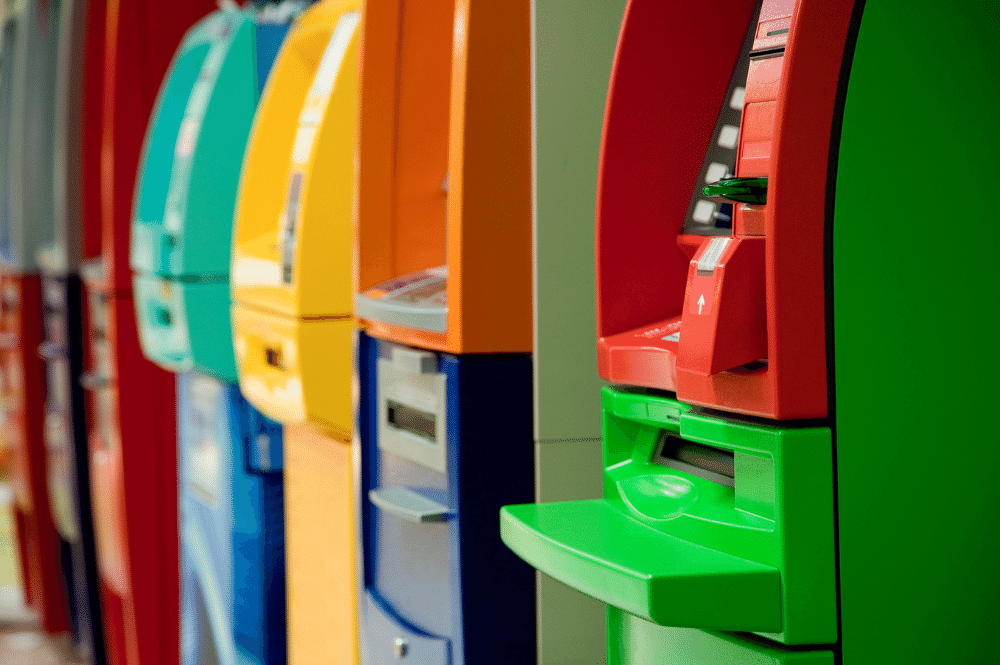
Are euros accepted in Croatia?
Generally, no. You will see that all prices are mostly in kunas, be that in cafes, restaurants, or your average shop. That’s the only currency in Croatia. You can’t pay with euros in any such place in Croatia.
However, if you’re opting for private accommodation or are maybe setting up a taxi ride (tip: apps like Uber and Bolt are available here), you may be able to arrange a transaction in euros. You can expect the kuna-euro exchange rate to be somewhat less favourable to you in that case, so make sure you calculate everything right.
Do remember, though, that paying in euros is NOT the official currency in Croatia and paying with it depends completely on the other side and whether or not they’re willing to accommodate your request.
It should be noted that the Croatian government is currently going through the necessary preparations to introduce the euro and replace kuna altogether. There is still no definite timeline on this, but the estimates generally say that the swap should occur between 2022 and 2024. So, hopefully, soon you won’t need to worry about calculating the exchange rate and paying the exchange fees.
Not if you’re coming from the eurozone, anyway.
Using debit and credit cards in Croatia
You can use credit and debit cards in Croatia in many places, especially if you want to do some shopping. Malls and supermarkets will allow you to do that and they will also accept many different brands - again, Visa, MasterCard and stuff like that are quite welcome, but even if you’re using something like a Transferwise or a Revolut card should work.
Do note, however, that American Express has withdrawn from the EU, and consequently Croatia, so the chances are these cards won’t be accepted here.
But cards are not a good idea everywhere. For example, if you find yourself in a remote place on an island it’s always good to have some cash with you, especially if you want to eat in akonoba, a traditional restaurant very common in smaller coastal towns and villages. You also can’t expect ice cream vendors to accept credit cards, and bars and cafes also may be unable to help you with that.
Renting private rooms and apartments also means you have to have cash, and should you get hurt or sick, you also won’t be able to pay with a credit card, although the prices really aren’t that bad compared to some other countries in the EU.
All in all, having some cash with you is a good idea if you’re coming to Croatia, especially if you’re going to some more remote location. In tourist centres, you really don’t need that much, but it’s certainly always good to be informed on where you can exchange money, use an ATM and how big of a fee you’ll have to pay for that.
